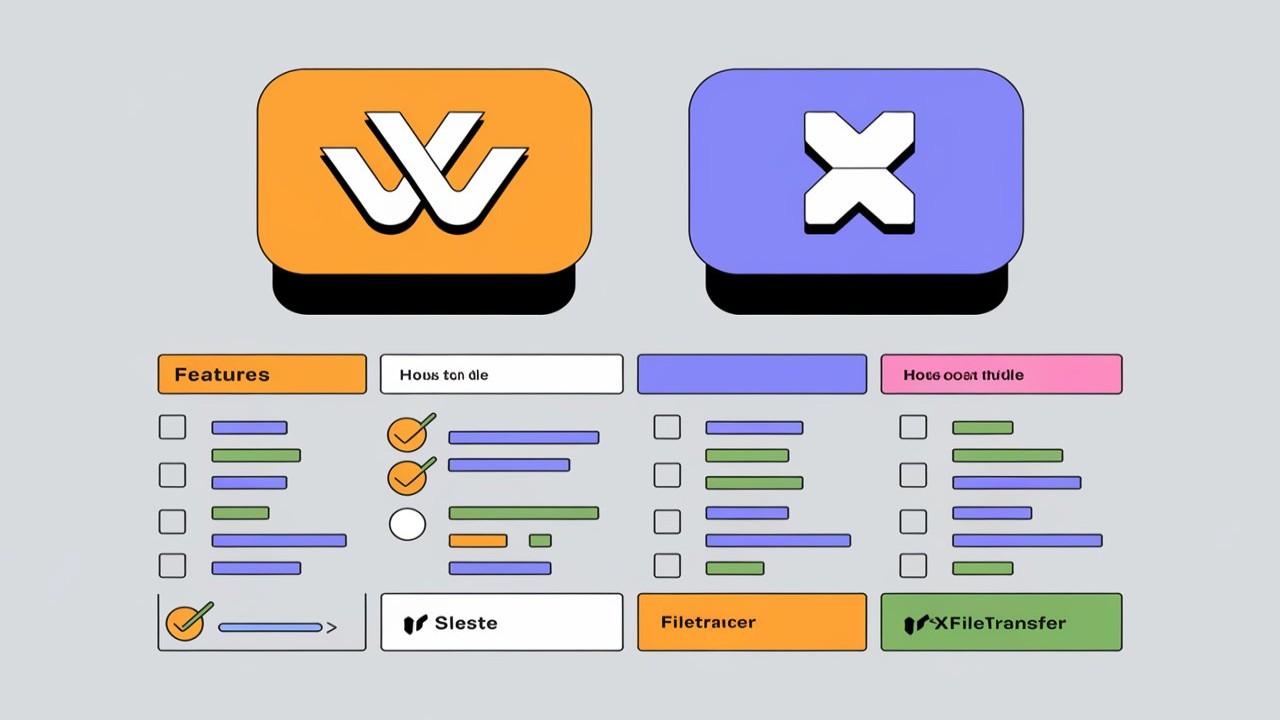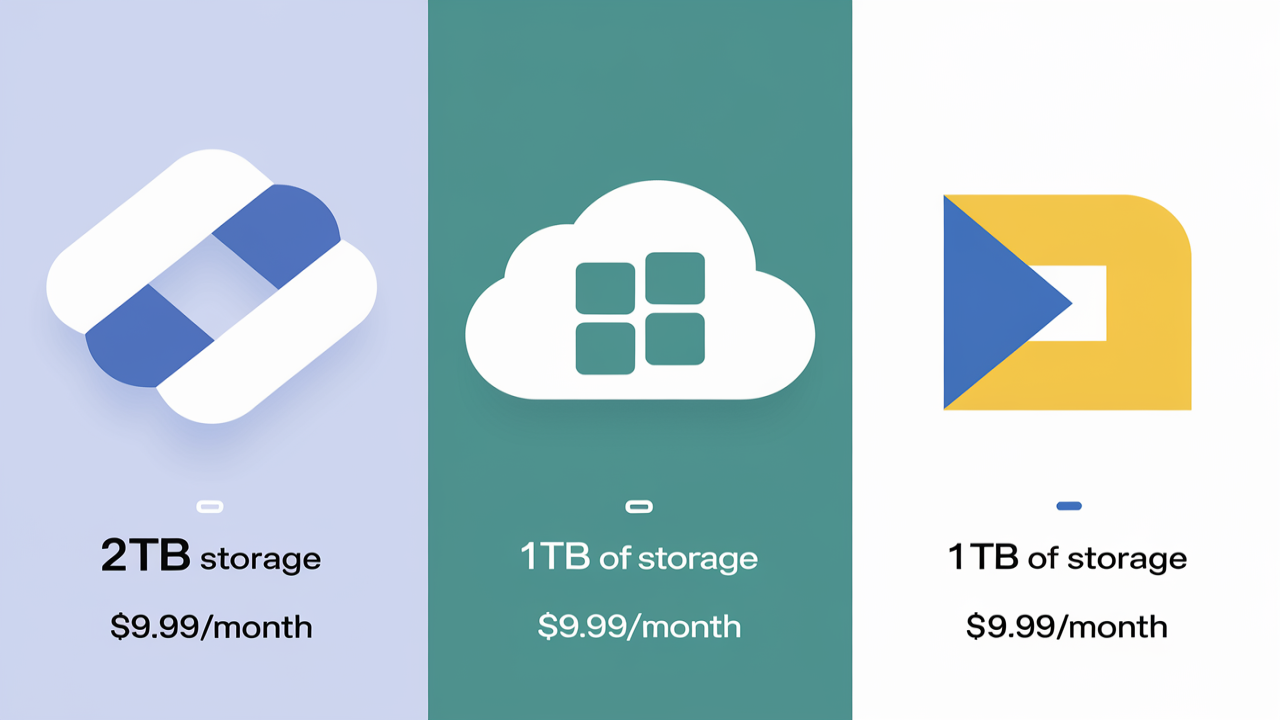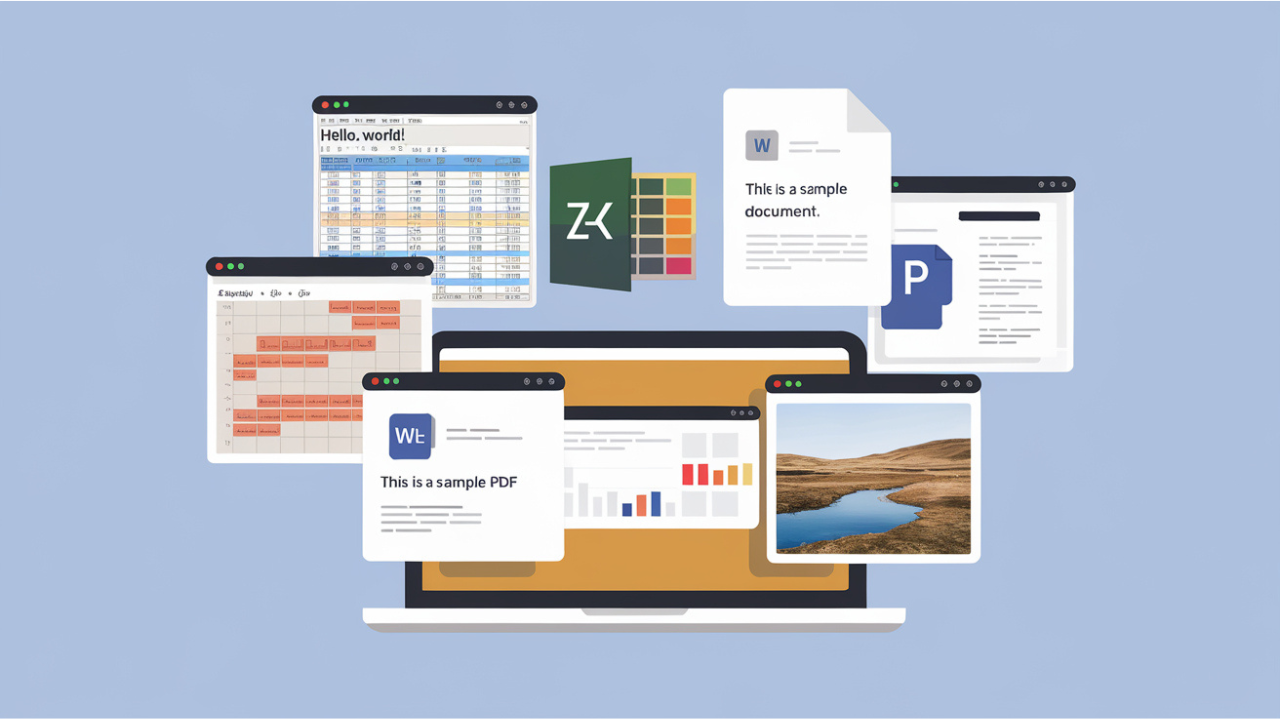When it comes to transferring files over a network, File Transfer Protocol (FTP) and Secure File Transfer Protocol (SFTP) are two of the most commonly used methods. Both have their strengths and weaknesses, and choosing between them can depend on your specific needs. In this article, we will examine the key differences between FTP and SFTP, explore their features, and help you determine which protocol is best for your file transfer requirements.
What is FTP (File Transfer Protocol)?
FTP, or File Transfer Protocol, is one of the oldest and most widely used methods of transferring files over the Internet. FTP works on a client-server model, meaning files are exchanged between an FTP client and an FTP server. The protocol typically operates over two separate channels: a command channel for controlling communication and a data channel for transferring the actual files.
FTP is a fast and efficient protocol for transferring large files, but it comes with significant security concerns. Since FTP transfers data in plain text, sensitive information like usernames and passwords are vulnerable to interception during transmission. For this reason, FTP is considered outdated in environments where security is a priority.
Advantages of FTP
- Speed: FTP can transfer large files quickly, making it ideal for users who prioritize file transfer speed.
- Simplicity: Many FTP clients are available, and they are easy to set up and use, even for beginners.
- Widespread Use: FTP is a well-established protocol, supported by most operating systems and applications.
Disadvantages of FTP
- Lack of Security: FTP transfers files in plain text, making it vulnerable to hacking and data breaches.
- No Encryption: Without encryption, FTP data transfers can be intercepted by unauthorized parties.
- Firewall Issues: FTP uses multiple ports, which can cause problems when passing through firewalls.
What is SFTP (Secure File Transfer Protocol)?
SFTP, or Secure File Transfer Protocol, is a more modern alternative to FTP. Unlike FTP, which operates over two channels, SFTP uses a single, encrypted connection to transfer both control commands and data. SFTP is based on the Secure Shell (SSH) protocol, which means that all data, including usernames and passwords, is encrypted during transmission.
SFTP provides a much higher level of security than FTP, making it the preferred choice for transferring sensitive data. It is commonly used in corporate environments and industries where data privacy and security are paramount, such as healthcare, finance, and government.
Advantages of SFTP
- Encryption: All data transferred via SFTP is encrypted, ensuring that sensitive information is protected during transmission.
- Single Connection: SFTP uses only one port, simplifying firewall configurations and reducing potential vulnerabilities.
- Security: SFTP offers protection against man-in-the-middle attacks, eavesdropping, and data tampering, making it ideal for secure data transfers.
Disadvantages of SFTP
- Slower Speeds: Because of encryption, SFTP can be slower than FTP, especially when transferring large amounts of data.
- More Complex Setup: Setting up SFTP requires additional configuration, such as creating and managing SSH keys for authentication.
- Compatibility: Not all systems and applications support SFTP natively, though it is becoming more widespread.
FTP vs SFTP: Key Differences
While both FTP and SFTP serve the same fundamental purpose—transferring files—there are some crucial differences that set them apart:
-
Security:
- FTP does not encrypt data, leaving it vulnerable to cyberattacks.
- SFTP encrypts all data, including usernames and passwords, making it the more secure option.
-
Connection Type:
- FTP uses two separate channels: one for commands and one for data.
- SFTP uses a single encrypted channel, which is more secure and easier to manage through firewalls.
-
Data Transfer Speed:
- FTP is faster due to its lack of encryption.
- SFTP is generally slower because it encrypts data, although modern systems have minimized this performance gap.
-
Port Usage:
- FTP requires multiple ports for operation, which can cause issues with firewalls.
- SFTP operates over a single port (typically port 22), making it easier to configure for secure data transfer.
-
Authentication:
- FTP typically uses plain text authentication, which is highly insecure.
- SFTP requires authentication via SSH keys, significantly increasing security.
When to Use FTP
FTP is still a viable option in situations where security is not the primary concern. If you're working within a closed or trusted network where there is little risk of external interference, FTP's speed and simplicity might make it the better choice. Additionally, FTP is well-suited for transferring large, non-sensitive files where quick transfer times are crucial.
FTP is also useful in environments where legacy systems are in place, as many older systems and applications may only support FTP.
Use FTP When:
- Speed is a priority over security.
- You are transferring large files within a trusted network.
- You are working with older systems that do not support SFTP.
When to Use SFTP
If security is your top concern, SFTP is the clear choice. This protocol is ideal for industries where data privacy is critical, such as healthcare, finance, and government. SFTP provides end-to-end encryption and ensures that sensitive information cannot be intercepted during transmission.
SFTP is also better for remote file transfers over the internet, where the risk of hacking or data breaches is higher. Its ability to work smoothly with modern firewalls and its compatibility with SSH make it a reliable option for secure file transfers.
Use SFTP When:
- Security is a priority, and you need encrypted file transfers.
- You are transmitting sensitive data, such as financial records or personal information.
- You require compatibility with modern security standards and protocols.
- You need to transfer files over the internet or through an untrusted network.
Conclusion: FTP or SFTP – Which Should You Choose?
The choice between FTP and SFTP ultimately depends on your specific file transfer needs. If you're working within a secure, trusted network and prioritize speed, FTP may be sufficient. However, in today’s increasingly security-conscious environment, SFTP is the preferred choice for most users, especially when dealing with sensitive data.
For most businesses, SFTP offers the optimal balance of security, reliability, and compatibility with modern systems. Even if SFTP requires more setup, the peace of mind it offers in terms of data protection is well worth the investment.






Comments (0)